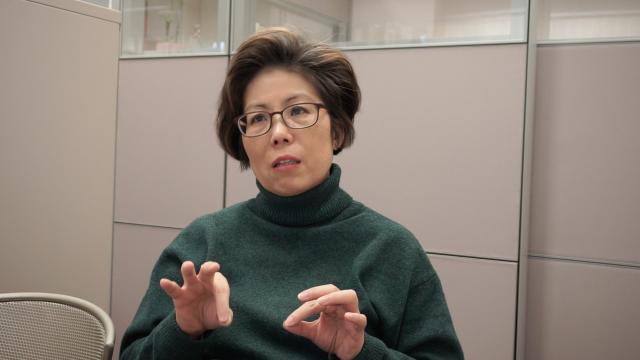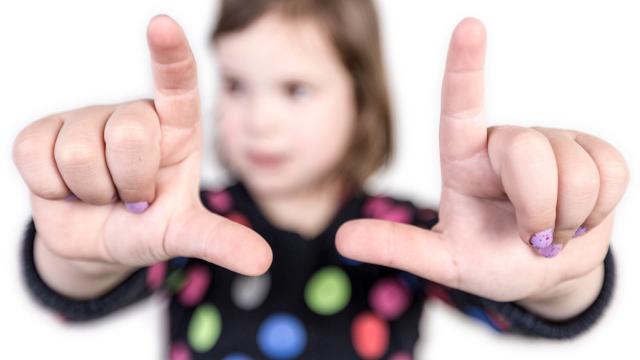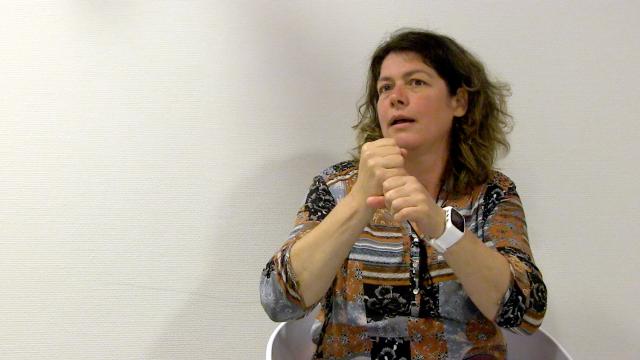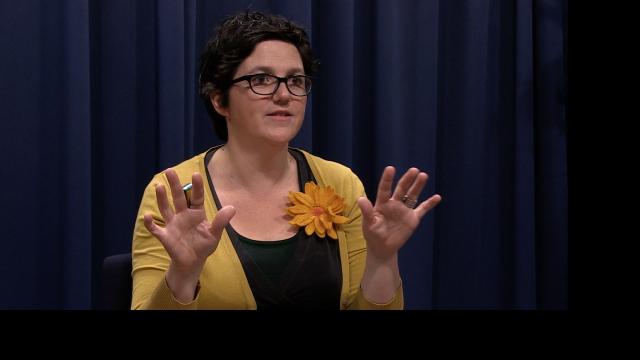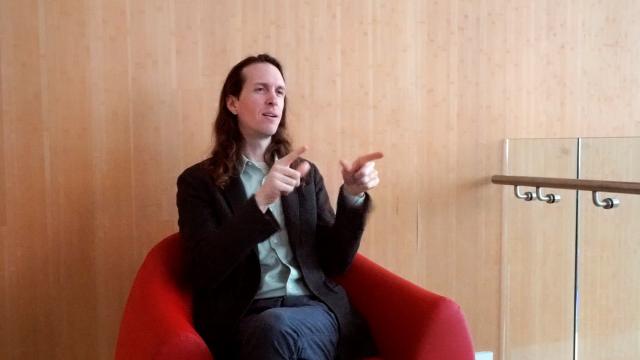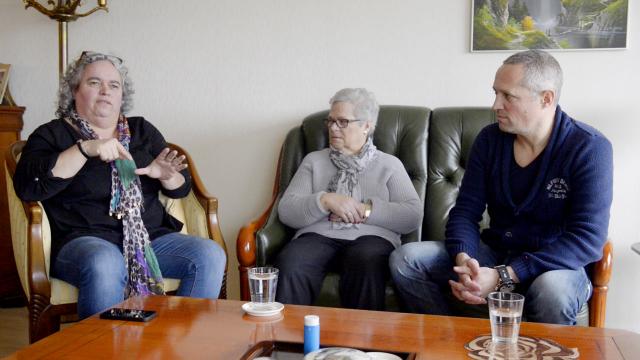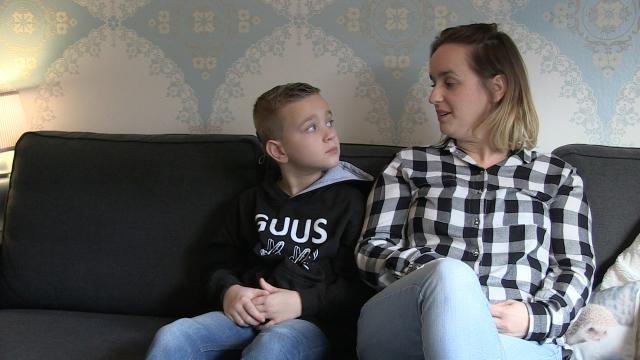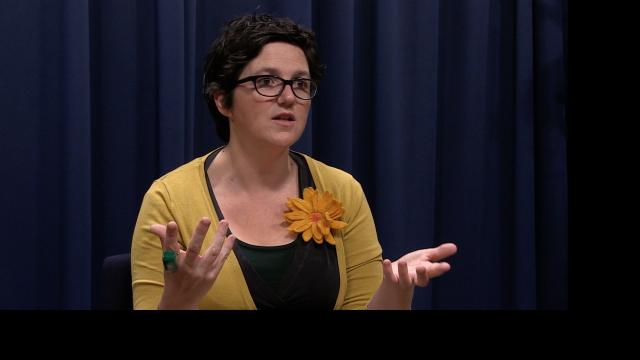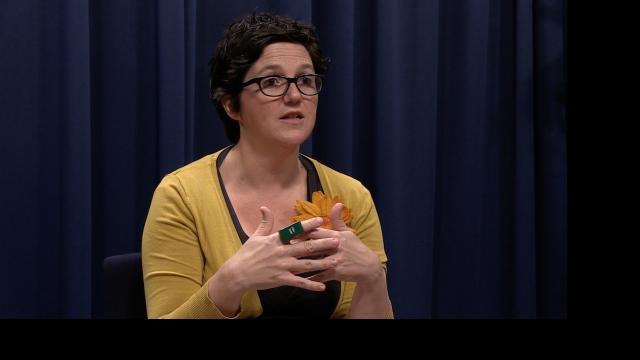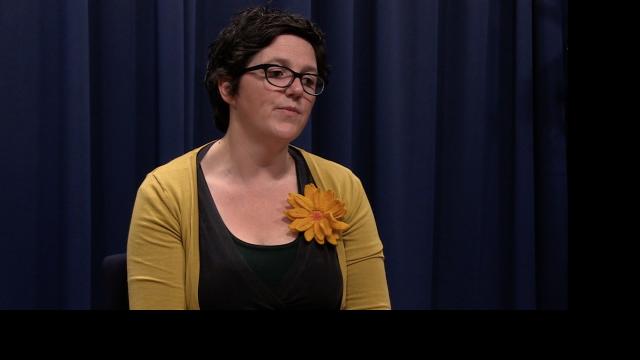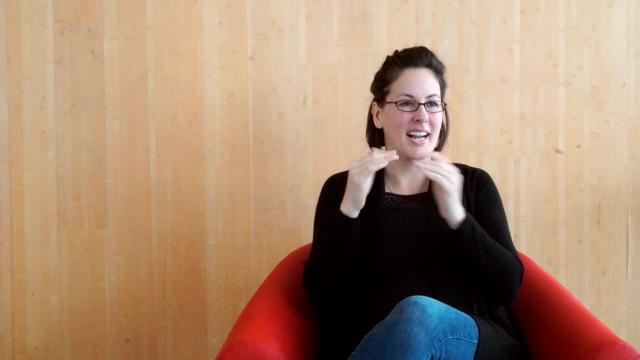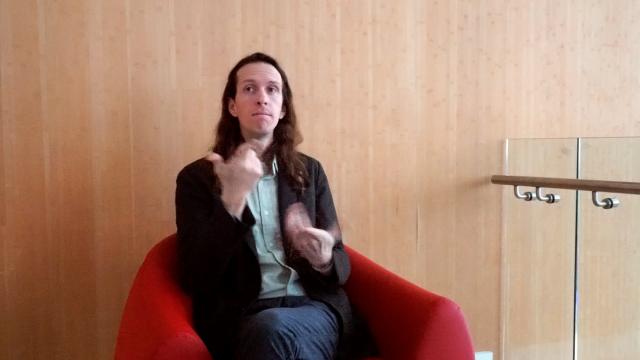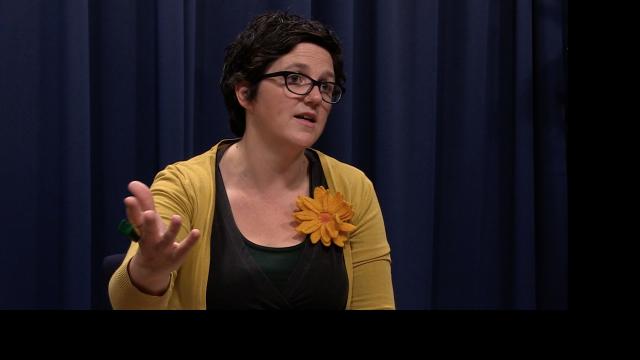Can children learn both a spoken language and sign language at the same time?
Elsewhere on the Internet
- In a youtube movie, you can see how bilingual education in Hong Kong has been set up.. Or actually, trilingual education: children all learn Cantonese, Hong Kong Sign Language, and English.
- Removing (mental) barriers: sign language does not hinder spoken language learning, but quite the opposite
More reading
- Psychology Today: François Grosjean on bilingualism and sign language
Scientific literature
- Gladys Tang (2016), Bimodal bilingualism: Factors yet to be explored. In: Bilingualism: Language and Cognition, 19, 259-260.
- Diane Lillo-Martin, Ronice Müller de Quadros, Helen Koulidobrova, Deborah Chen Pichler (2010), Bimodal Bilingual Cross-Language Influence In Unexpected Domains. [PDF] In: João Costa, Ana Castro, Maria Lobo & Fernanda Pratas (Eds.), Language Acquisition and Development: Proceedings of GALA 2009, 264-275. Newcastle upon Tyne: Cambridge Scholars Press.
- Lorna García-Pentón, Yuriem Fernández García, Brendan Costello, Jon Andoni Duñabeitia, Manuel Carreiras (2016), “Hazy” or “jumbled”? Putting together the pieces of the bilingual puzzle In: Language, Cognition & Neuroscience
- Harry Knoors, Marc Marschark (2012), Language Planning for the 21st Century: Revisiting Bilingual Language Policy for Deaf Children. In: Journal of Deaf Studies and Deaf Education
- Connie Mayera, Greg Leigh (2010), The changing context for sign bilingual education programs: issues in language and the development of literacy . In: International Journal of Bilingual Education and Bilingualism, 13, 175-186
- Barbara Zurer Pearson, Sylvia C. Ferncindez, D. Kimbrough Oller (1993), Lexical Development in Bilingual Infants and Toddlers: Comparison to Monolingual Norms. In: Language Learning, 43, 93 - 120
